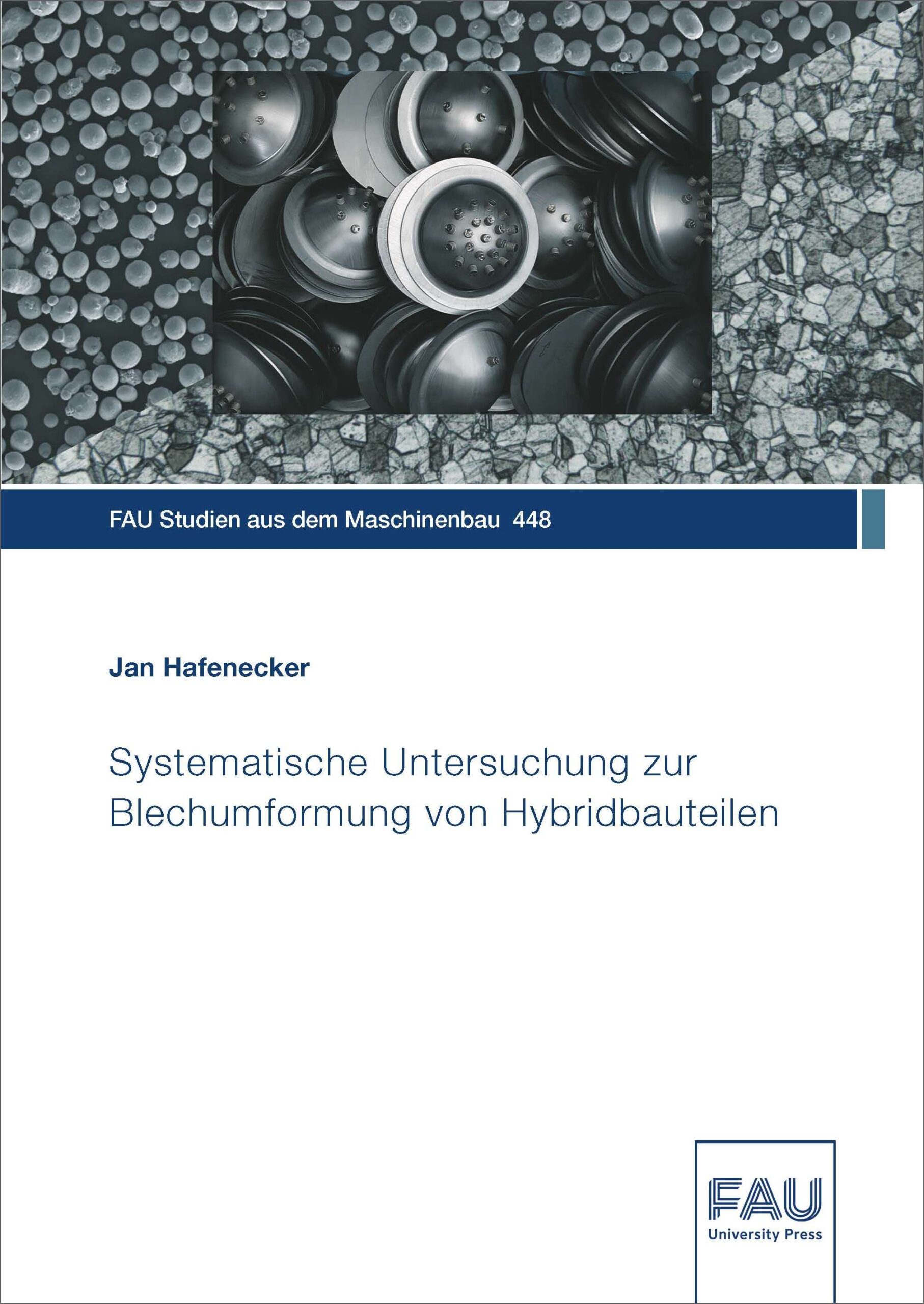Description
The combination of forming technology and additive manufacturing facilitates the production of hybrid components that take advantage of both processes in order to cope with industrial trends that push conventional manufacturing approaches to their limits. The additively built functional elements on the sheets influence the material behavior during the forming operation and promote premature material failure in the form of cracking. In order to maximize the full potential of hybrid components consisting of sheet metal and additively manufactured functional elements, the mechanisms of action during deep drawing of hybrid components with up to 21 functional elements are investigated in this work. For this purpose, the manufacturing process is investigated comprehensively by developing a process strategy for the laser-based powder bed fusion process used, comparatively characterizing the mechanical properties of sheet metal and additive components, and finally verifying research hypotheses regarding the influencing mechanisms. The different manufacturing processes result in different microstructures and consequently mechanical properties, which must be taken into account in the modeling and forming of the hybrid components. When designing the hybrid components, it is important to ensure that the diameters of the functional elements are selected to be small and that they are placed in non-critical areas and evenly distributed.


Reviews
There are no reviews yet.